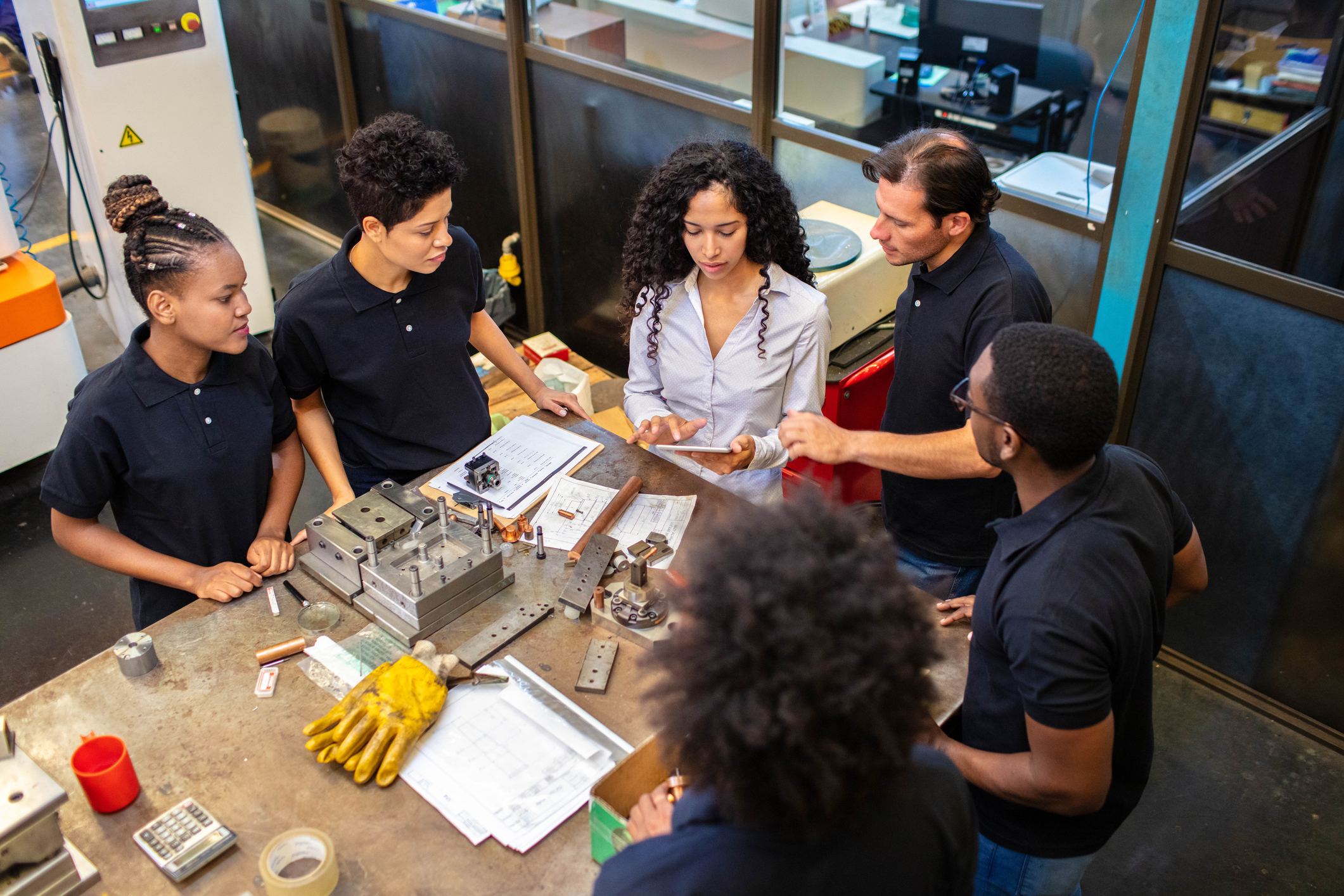Task Force on Assimilating Systems Thinking into Engineering Culture

Task Force on Engineering Culture
Adrienne R. Minerick
August 2021
As Ray McDermott noted in 2006, “Culture is not a past cause to a current self. Culture is the current challenge to possible future selves.”
This Task Force is premised on the belief that while our past engineering practices may have addressed some problems, they have also contributed to our present world crises, including (but not limited to) climate change, societal skepticism, and resource utilization.
We engineer for society, for our built world, for technological improvements, and for our planet. However, the underlying function for which we are engineering has changed shape significantly - and continues to change. Unfortunately, our approaches - perceived as optima - have not changed. Thus, these approaches need to be revisited. Because the underlying function for which we are engineering will continue to change, we also need to develop a process that enables the optimal approaches to strategically and continuously evolve.
Our engineering culture - what we say and how we go about doing it - determines whether the field of engineering can truly solve 2021 problems or just create even larger 2050 problems. This bold endeavor aims to restructure those portions of our engineering culture that make us more vulnerable and less able to meet the challenges of today and the future. The specifications we recognize to engineer for - and how we engineer - have significant impacts on the broader infrastructure and health of our planet.
This Task Force is charged with:
- Bringing together experts from our built, natural, technological, and social worlds (see initial descriptions below) to succinctly describe each field’s ways of knowing and approaching challenges;
- Reviewing existing and propose practices for identifying and inventorying context for the challenge;
- Recommending approaches to increase awareness and appreciation for the complementarity of the knowledge and techniques of other fields;
- Consider exploring and integrating pre-mortem (“fault tree” or more generally “root cause”) analyses into engineering and engineering technology education to shift traditional post-mortem (case study) approaches (e.g. challenge the mindset that a catastrophic failure has to occur before changing practices). This may be a tool to regularly adapt to the rapidly evolving demands of our world.
- Compiling, reviewing and describing current characteristics of engineering culture (behaviors, practices, attitudes);
- After completing an inventory, conduct a broadly inclusive value assessment. What are the benefits of each characteristic, what are the detriments?
- Outline an improved body of characteristics for an engineering culture along with a justification of the improvement.
- Proposing strategies to analyze designs for longer-term impacts (life-cycle analyses), local and global impacts (spatial analyses), and develop mutually respectful partnerships with experts from the natural, technological, and social worlds.
- Recommending alternative processes that can be incorporated into design practices to systematically analyze using the natural, digital, and social frameworks alongside the traditional engineering built world framework.
- Review existing and propose alternative synthesis approaches to achieve systems-level analyses, context testing, and integration into the design.
- Outlining operational approaches to work across disciplinary and organizational boundaries, while aiming to keep these as practical as possible such that barriers to implementation are reduced.
- Recommending any improvements to accreditation options such that this important and necessary tool does not create an impediment to hybrid or systems-level educational pathways and approaches.
The context for engineering culture as well as descriptions of what is intended by the natural, technological, and social worlds can be found in the President’s Letter in ASEE Prism.
Sign up for the Task Force on Assimilating Systems Thinking into Engineering Culture:
Back
Back
Back
Back
Back
